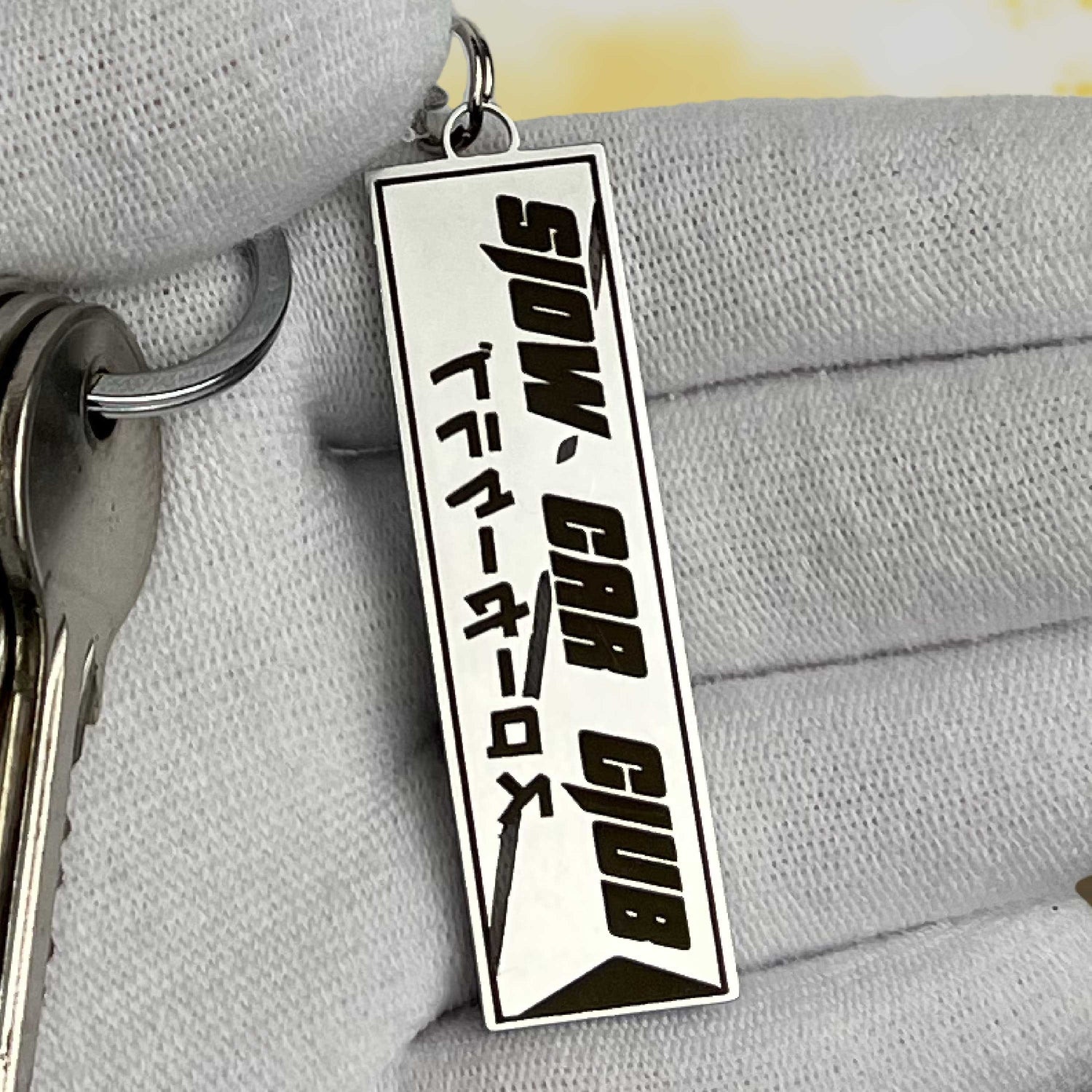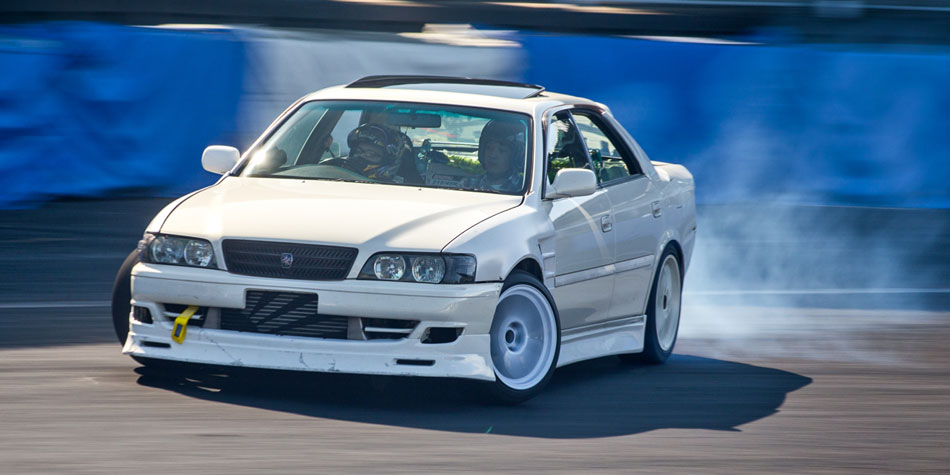The Japanese Domestic Market (JDM) has a long and storied history of racing, from underground street racing to professional competitions. In this article, we'll take a deeper look at the evolution of JDM racing and how it has developed over the years.
JDM racing has its roots in the underground street racing scene of the 1960s and 1970s. During this time, young enthusiasts would meet up on deserted roads and highways to race their modified cars and test their limits. While these races were often illegal and dangerous, they were also a way for drivers to showcase their skills and for car makers to test the limits of their vehicles.

One of the most iconic and influential cars of this era was the Toyota 2000GT, which was featured in the James Bond film "You Only Live Twice." This sleek and stylish sports car was powered by a 2.0-liter inline-six engine and was capable of speeds of up to 135 mph. While it was never officially sold in the United States, the 2000GT became a symbol of JDM culture and is highly sought after by collectors today.
As JDM culture grew in popularity, so did the organized racing scene. In the 1980s and 1990s, professional racing organizations such as the Super GT and D1 Grand Prix were established, bringing JDM racing to a new level of professionalism and legitimacy. These races featured top drivers and teams from around the world and were broadcast on TV, giving JDM racing a global audience.

One of the most popular and successful teams in the Super GT is Nismo, which stands for Nissan Motorsports International. Nismo has won numerous championships in the Super GT and other racing series, and is known for its high-performance vehicles such as the GT-R and the 370Z.

Today, JDM racing is a mainstream sport that attracts millions of fans around the world. From the Super GT and D1 Grand Prix to grassroots events like time attack and drift days, JDM racing has something for everyone. So rev your engines and keep it vroom, because the world of JDM racing is waiting for you.


